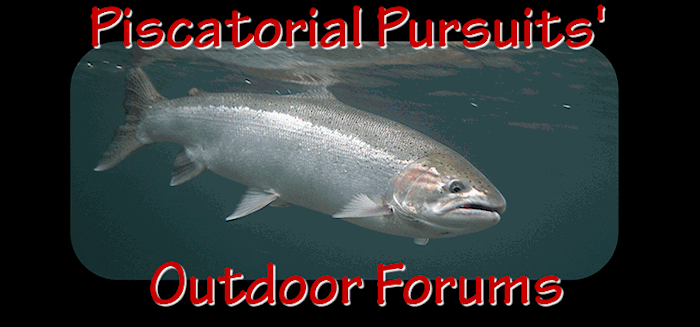Aunty,
"Indicates" is about as good as it gets in scientific parlance. Few things are proven beyond doubt. This is why study results to a tested hypothesis are usually given as: "Reject the null hypothesis" or "Fail to reject the null hypothesis." Accept the null hypothesis isn't on the menu of choices. One logical reason for this is that some day another experiment that is better, or better informed, than today's experiment may come along and reject the hypothesis that was accepted today. Hence, if the data indicate something, then it's a pretty good bet that it's real, but there is always, and I mean always, the nagging possibility that it is wrong.
Sincerely,
Salmo g.
As a side note, this is the reason why there are so few "law" dictating how science is understood. Physics is a field that is incredibly concrete and highly observable. Even the great "laws" of gravity and energy were completely blown away with the advent of quantum mechanics and Einsteins general theory of relativity.
The biological sciences are even less firm, as they rely purely on statistical data and statistical modeling to show trends. In some cases the models are good, strongly peer reviewed, and the corresponding data is excellent. In other cases, you end up with false correlations (like skirt height and the political climate) that *seem* to make sense, but are only weakly linked.
I guess a lot of the issue around the understanding of this data is purely based on nomienclature. (Not directed at you Auntie) But when someone asks the question of what is affecting the steelhead they want a black and white answer, not one that says "We have strong evidence that...".... That strong indication is how things are spoken and in laymen terms means it the way it is. It can't be written any other way because those other statements would perclude good peer review.













 Previous Topic
Previous Topic Index
Index



